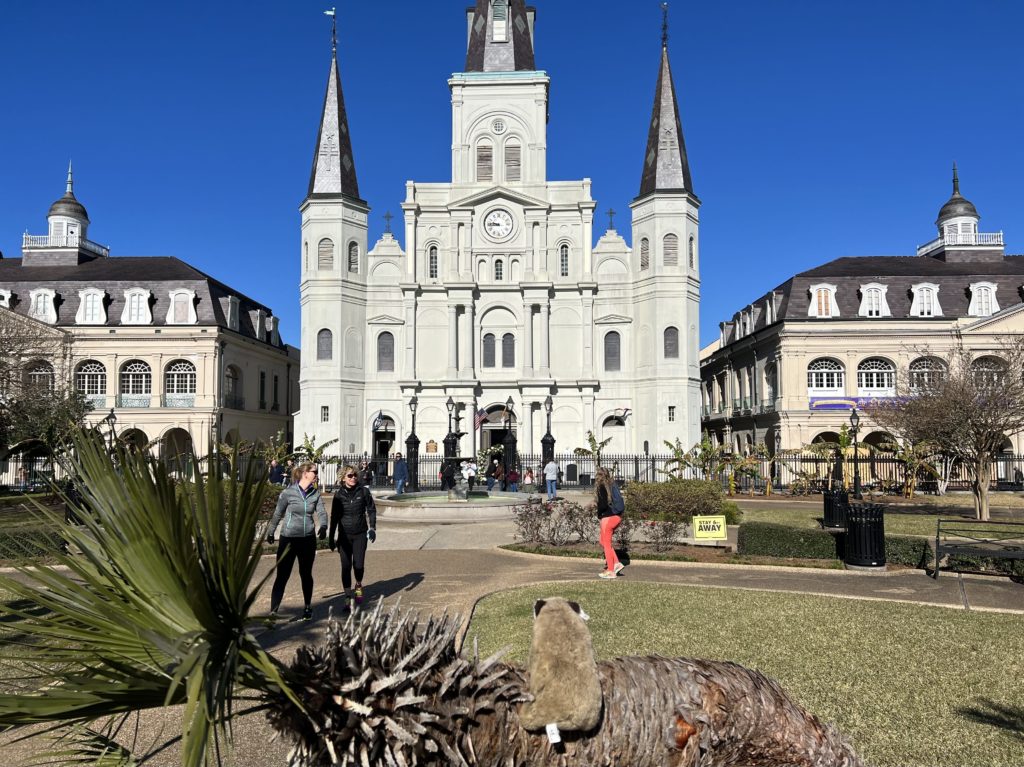
This is the third in a series of seven articles about my 9 month trip through the Southern US.
Some thoughts about New Orleans after living there for a month
The Food
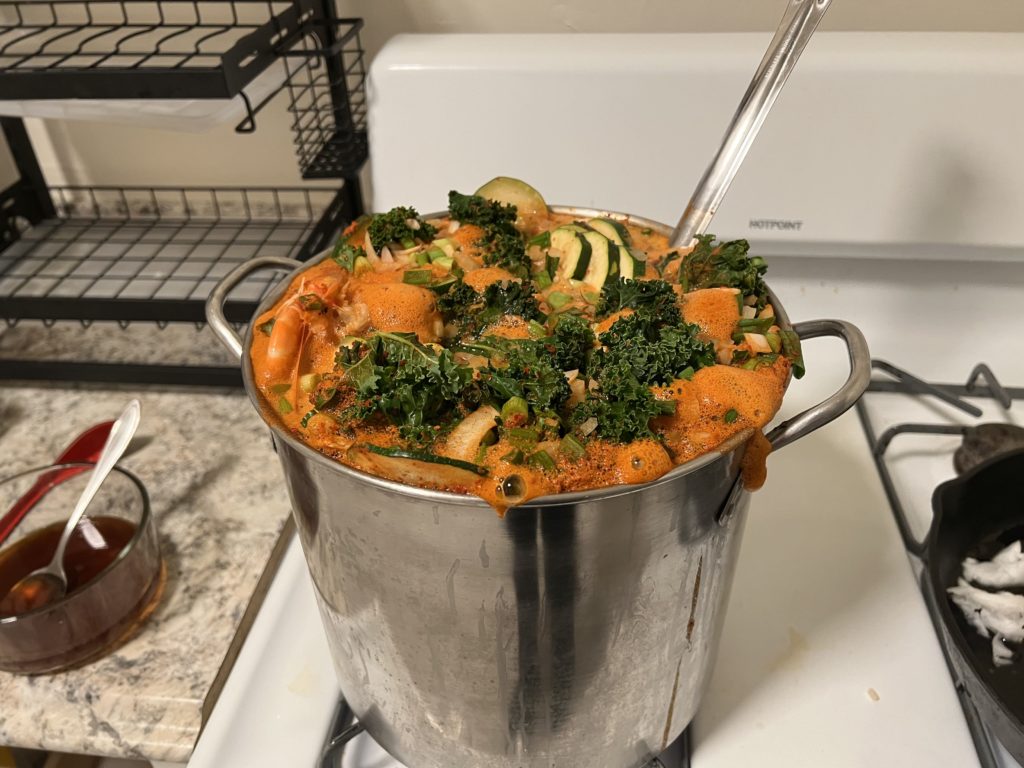
Of all the cities I visited, New Orleans has the best food. The food is greasy, flavorful, spicy and comes in generous portions. While I did have a few mediocre meals here and there, they were few and far between. For the most part, the cuisine in NOLA is legit. I imagine that in a place that has more bars per capita than any other city in the US, there is fierce competition. Perhaps the only complaint that I have about the food was that nearly all the good breakfast spots had a line out the door.
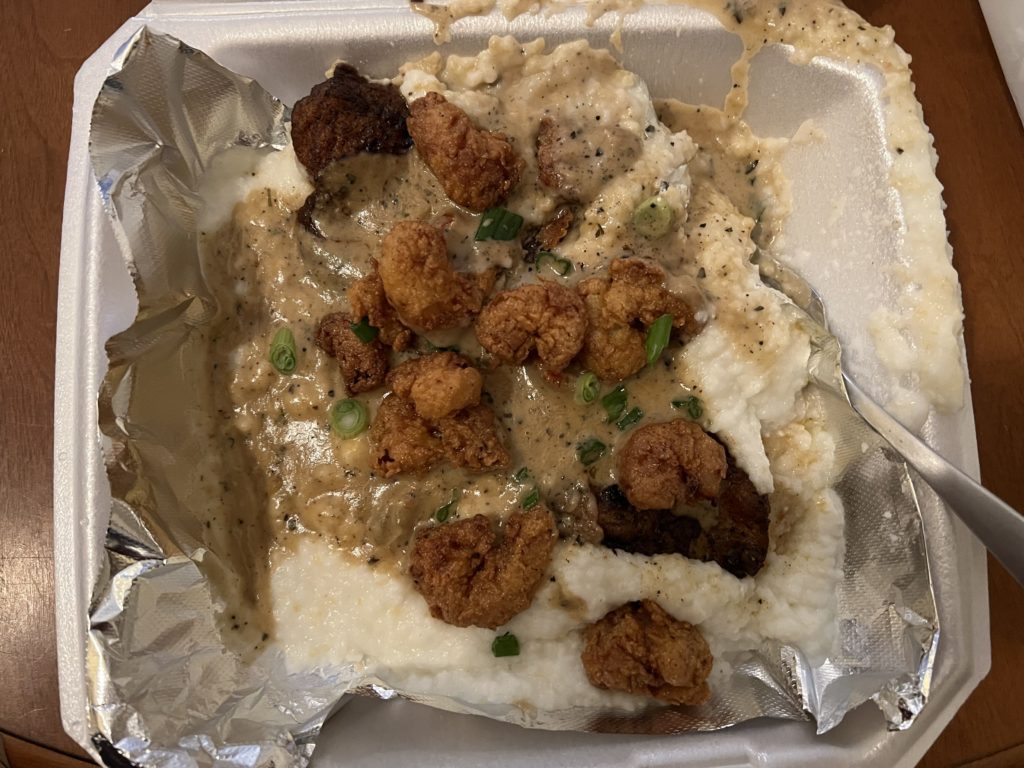
French Quarter
I didn’t like it. Some of the old buildings were beautiful but for the most part it was swarming with drunk tourists. This irritation might have been exacerbated by the fact that I had quit drinking last year. I think that maybe if I visited in a less busy time of year I would have liked it more. The buskers in the French Quarter are top notch though. They’re really great.
The worst driving experience
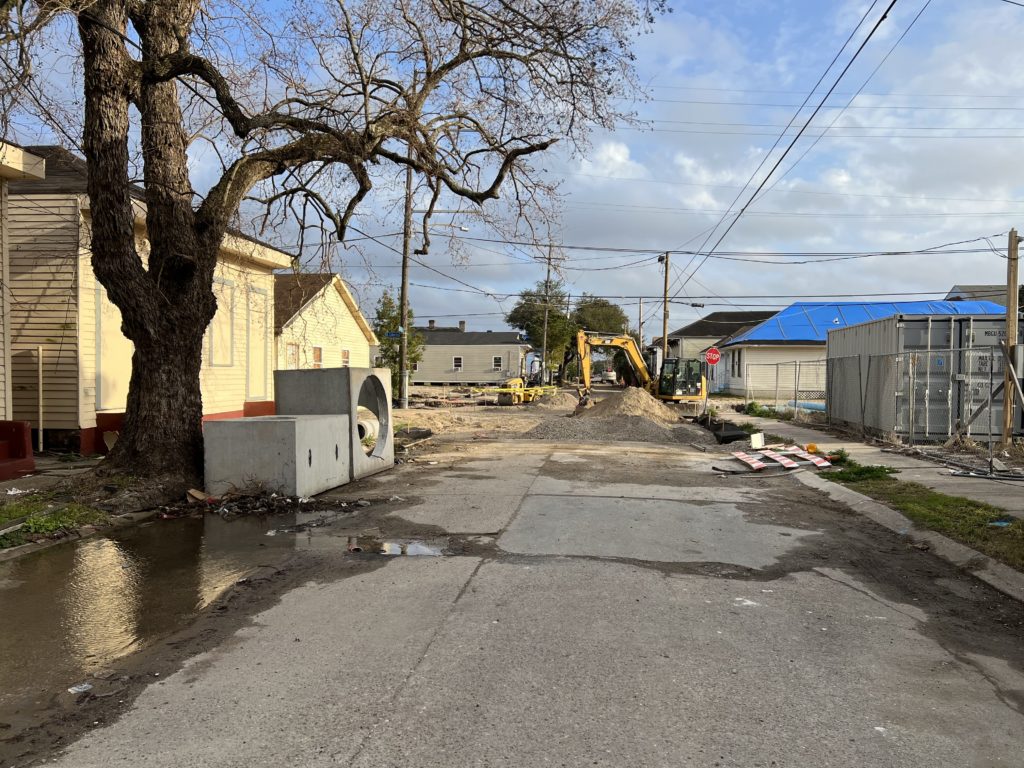
In my month there, I could count at least 3 busy intersections where the traffic lights were essentially not working. GPS is unreliable as a form of navigation in this city because you’re more likely than not to turn into a road completely blocked—turning around a corner to see a wall of traffic cones and an 500ft long stretch of dirt with an idle backhoe is an all too common experience. Potholes are a perpetual fact of life in the city, and I can only laugh when I hear Seattleites complaining about potholes in my feed. NOLA roads are like swiss cheese, not to mention the fact that some of them are peppered with glass and rubble. I’m sure Discount Tire makes a brisk business in this city.
Magic
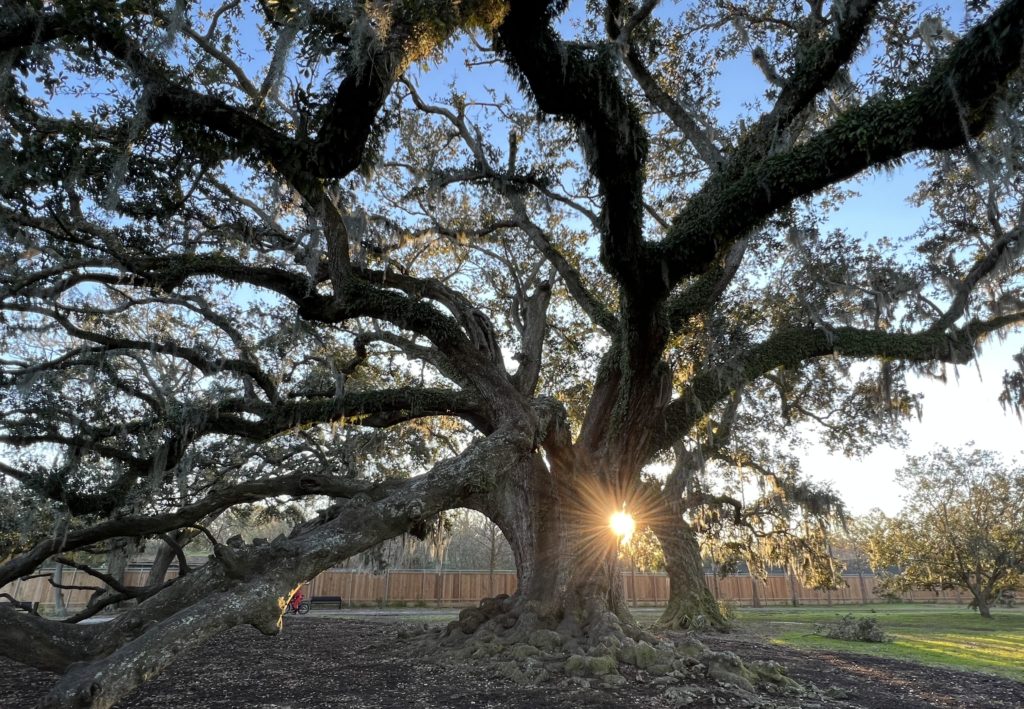
To me, magic is a two part cocktail consisting of equal parts beauty and mystery. And I am almost certain that by this measure New Orleans has more magic than any other city in the US. It’s really hard to come up with another word that ecompasses this feeling. When you see Mardi Gras Indians swagger through the streets blocking traffic as they waved their befeathered and rhinestone studded costumes that they had spent the whole year sewing just to show off on a single day—that’s magic.
As each tribe encountered the other on the streets they proceeded to engage in mock battle which some historians think might derive influence from mock battles from certain tribes in the Kongo. No one really knows though. All you can see is the result of cultural alchemy—ancient traditions blending in such a way to create something new and breathtakingly beautiful, but also still ancient and venerable. The legendary and quintessential New Orleans song “Iko Iko” seems to have a nonsensical chorus but some historians have attempted to map the syllables to Louisiana Creole French, while others believe it may be West African in origin. No one knows for sure though and it’s this sense of mystery that I find pervades the whole of the city.
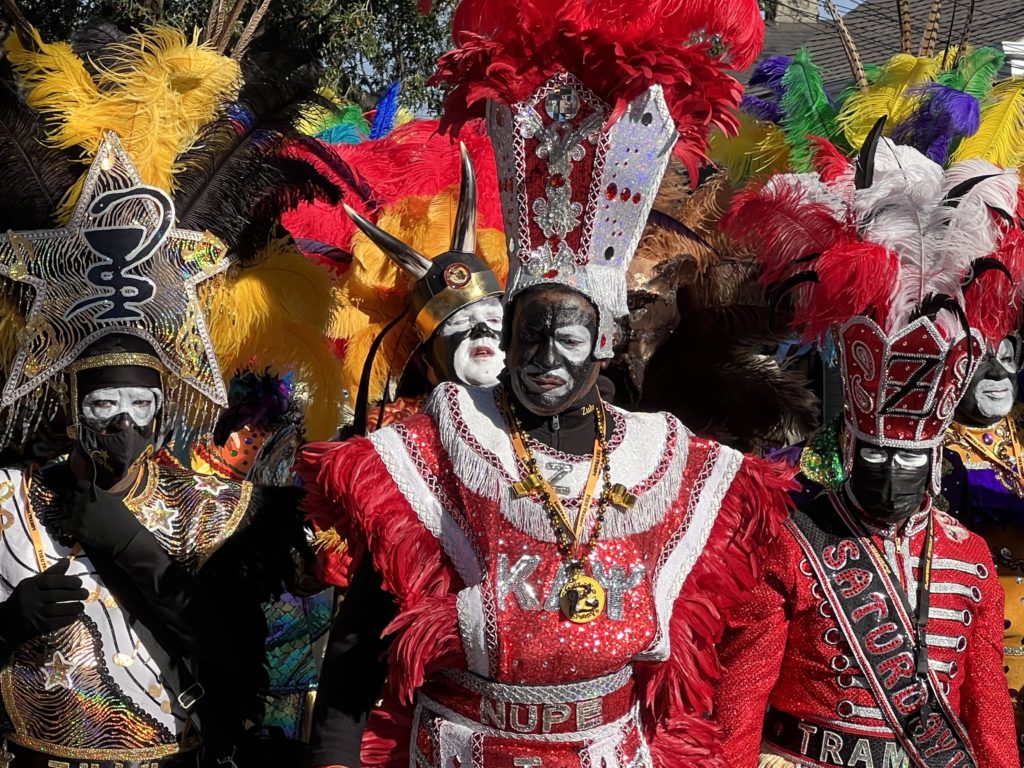
Unhealed wounds

For a city that is majority African American, the very center is marked by a monument to Andrew Jackson, an owner of over 300 slaves. He is lionized here because he kicked the ass of the British during the war of 1812 thus “saving” the city. But really he was saving it for the rich slave owners who ran the place. Even now there are tours of plantations where one can pay to see magnificent southern estates built off the backs of slaves as well as to gawk at the slave quarters. While I do think it’s important to remember the horrors of the past, paying a private tour company to visit these places strikes me as morally dubious.
Stark inequality
I arrived in New Orleans one year after the destruction of hurricane Ida. I was in the central city, a predominantly black neighborhood lined with shotgun houses. I was on one of the main streets, Jackson St (seriously, his name is everywhere here). As soon as your turned on to one of the side streets from Jackson, it was obvious that the destruction hadn’t been completely dealt with. Street corners were piled with rubble.
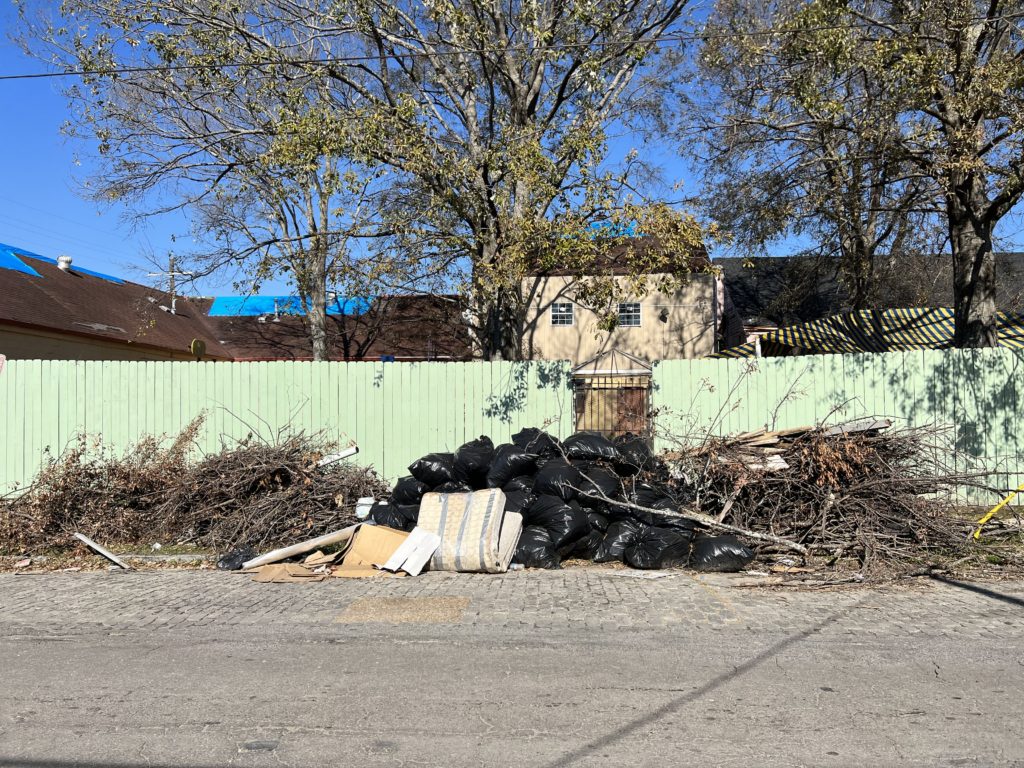
Many houses were abandoned and others had their roofs replaced by a stretch of blue tarp. However, as soon as I stepped out of the neighborhood I could see that some places were cleaned up quite nicely. The garden district, with its flamboyant southern mansions built in the style of the old plantation estates were not far. Their roofs were intact and the street around them were pristine.
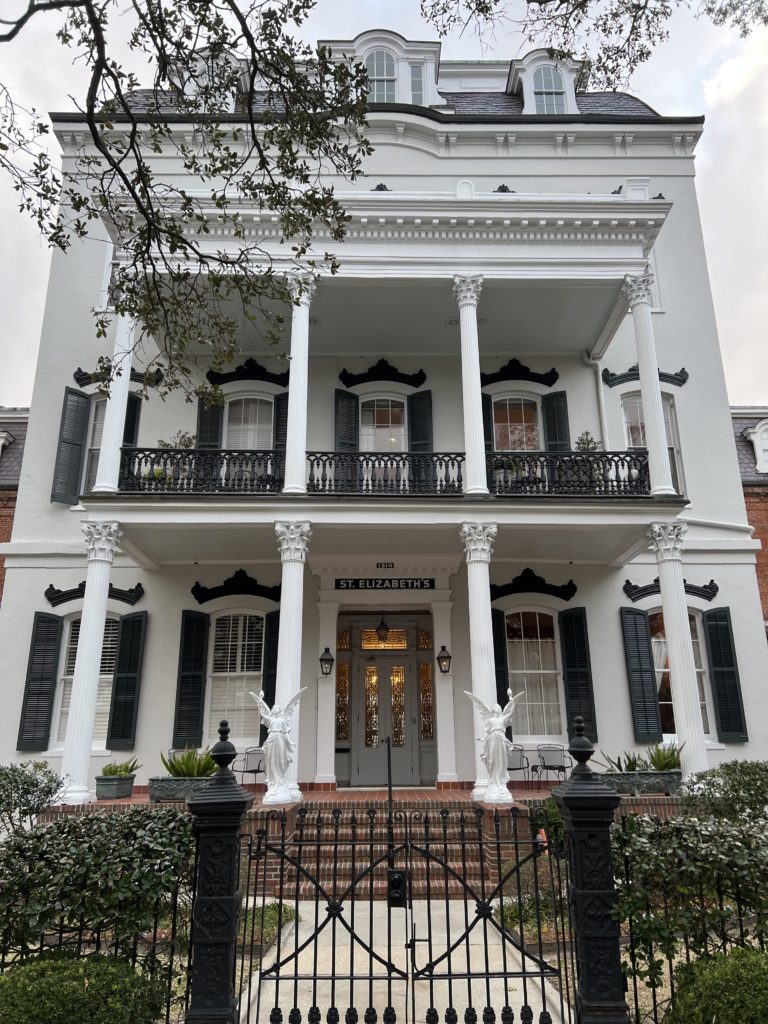
Neighborhood Music
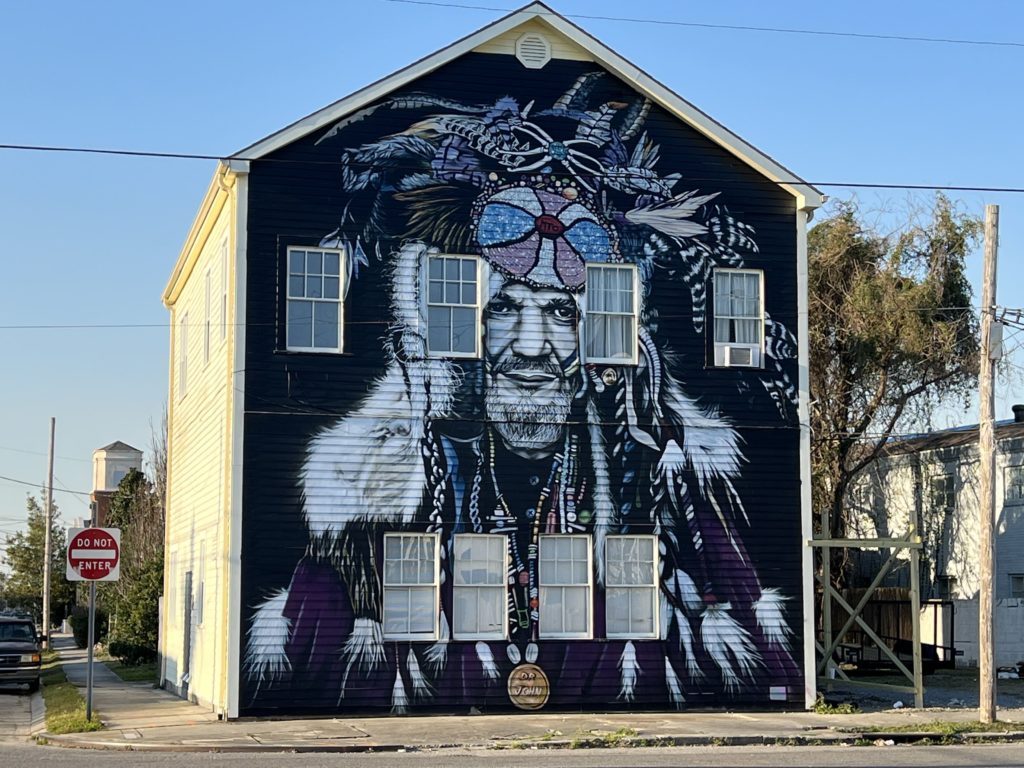
The first thing I noticed about new Orleans is how everyone loves to play their music loudly here. In several cases I’ve seen folks bring their stereo system out on the front porch to blast their curated selection into the streets. Additionally, it seemed like 1 out of every 5 cars did the same as they cruised on by. You’d think this would be irritating but the music was often so good that one could hardly complain. I’m certain that loud noise complaints are a rare thing in most neighborhoods.
Disaster and Decay
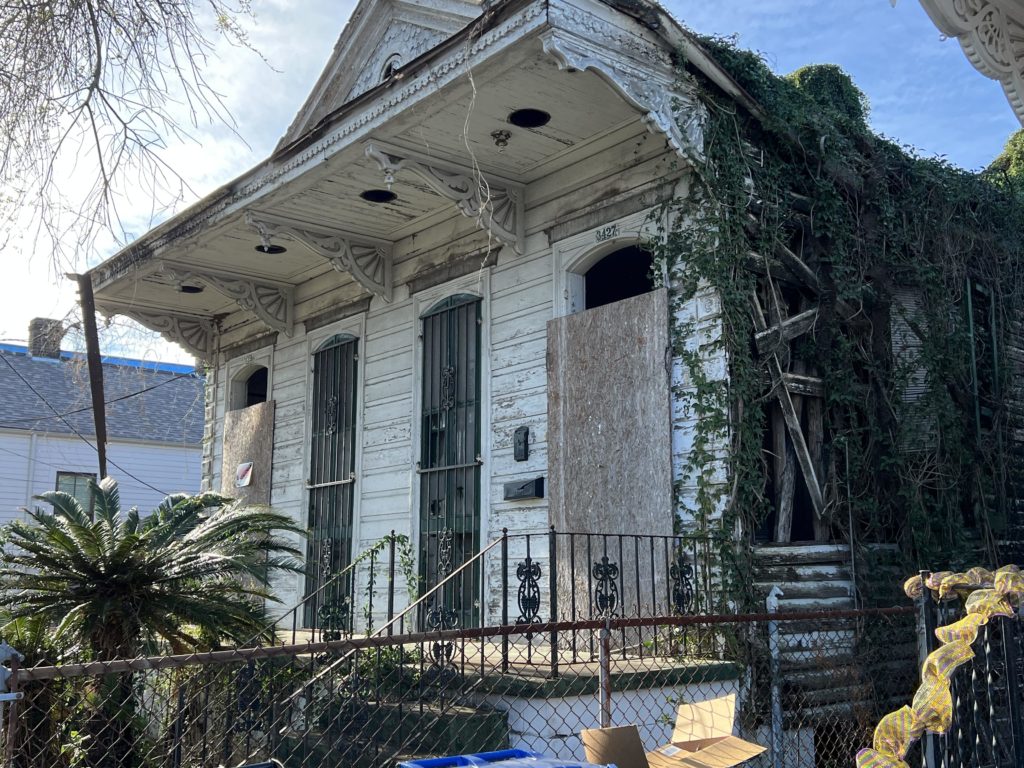
New Orleans has no shortage of missing roofs, buildings with peeling paint, and twisted iron fences. When hurricanes and floods sweep through the city with increasing regularity I can understand why one might let things go. Why rebuild and repair when chances are you’ll be doing the same thing in another 5 years?
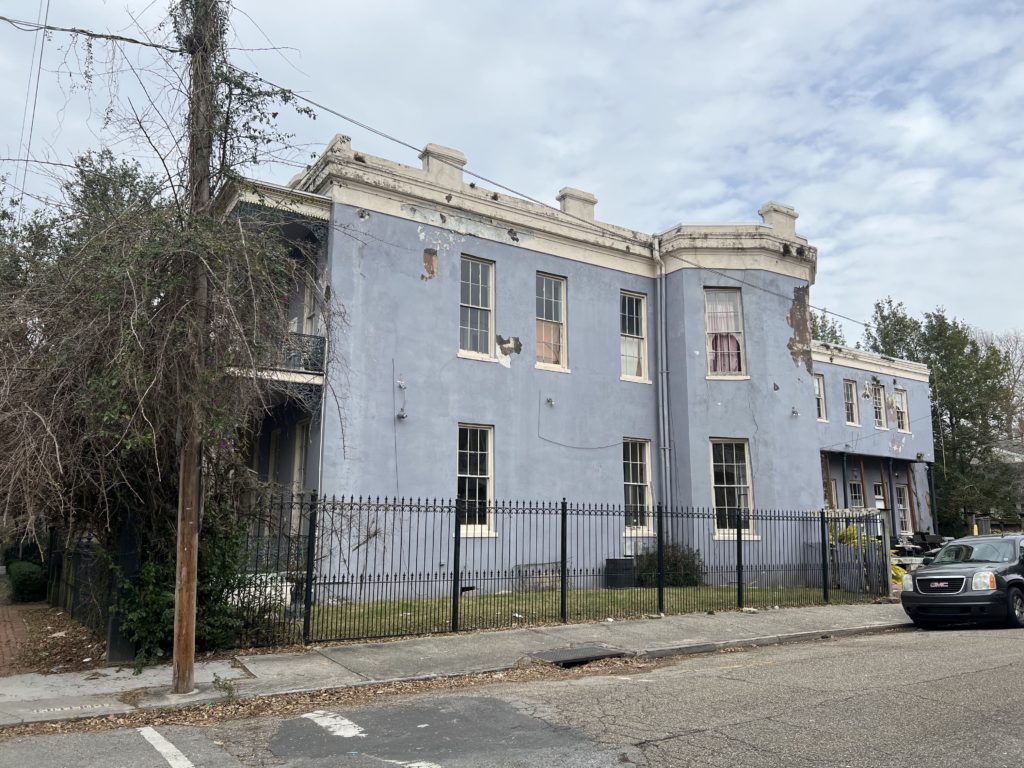
“Love Your City”
When walking through the streets one day I saw a sign that said “Love Your City”. To me, this sign was an admonition. New Orleans can’t survive without people loving it as much as they do. The city is beset with a staggering number of problems, from the swiss cheese roads and power outages, to the displacement of folks who have lived in NOLA for generations. To cap it all are the projections that the only portion of the city that will not be underwater by 2050 will be the French quarter—meaning that the majority of places where people live will be underwater. In spite of all these problems people stay, even if “staying” means clinging to the fringes of the suburbs outside of New Orleans proper where they can still afford rent. They stay because they truly love their city. And how can you not? I think the fact that so many people still stay in spite of all of it is an incredible testament to how precious it is.
While staying here I heard a song, “This City” by Steve Earle that sums up the spirit of “Love Your City” incredibly well:
This city won’t wash away
This city won’t ever drown
Blood in the water and hell to pay
Sky tear open and pain rain down
Doesn’t matter ’cause come what may
I ain’t ever gonna leave this town
This city won’t wash away
This city won’t ever drown
Although I’ve been giving star ratings for each city I visit, I found it difficult to give one to New Orleans. It’s a place of contradictions and there are as many beautiful things here as there are ugly. Should we just add up the good and bad and come to an average? If so, I give New Orleans 3.5 stars. However, I wouldn’t disagree without you if you gave it five stars. In fact, I think you might be right.
Gallery
I probably took more pictures in New Orleans than anywhere on my trip. Click to see full size.
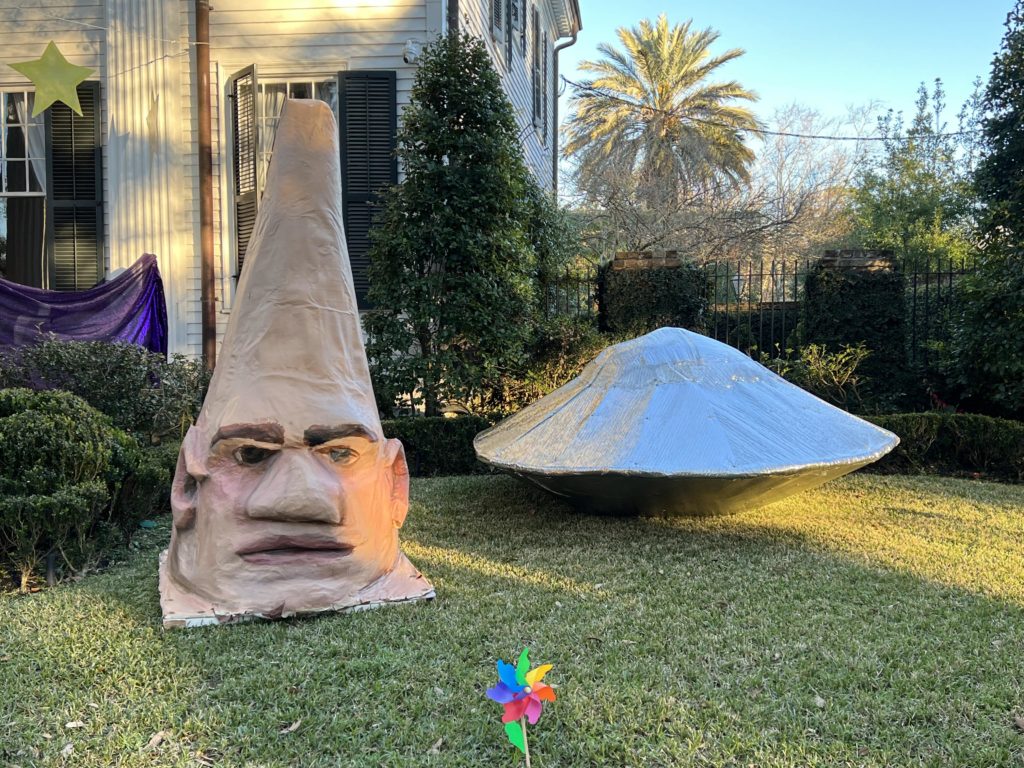

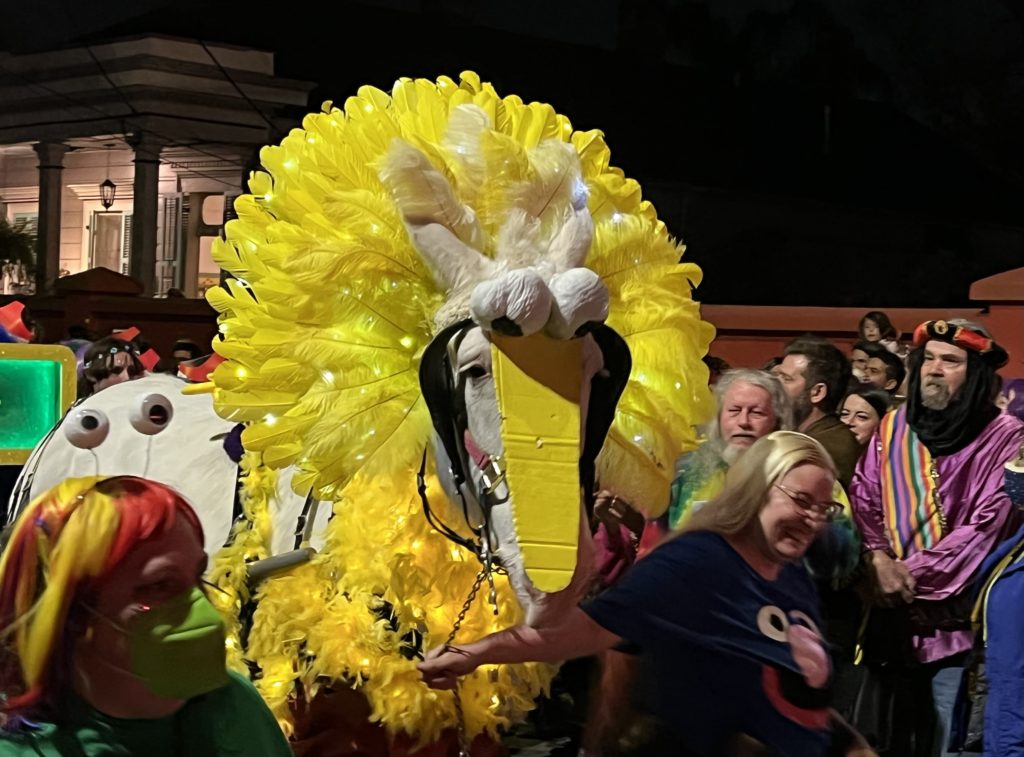
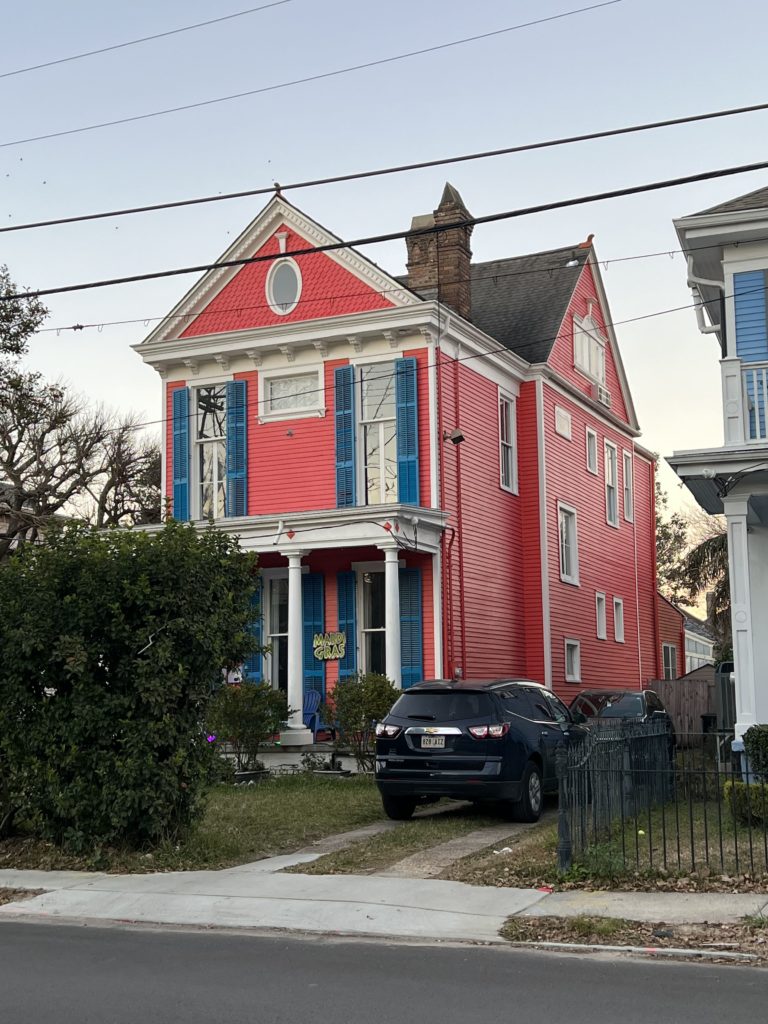
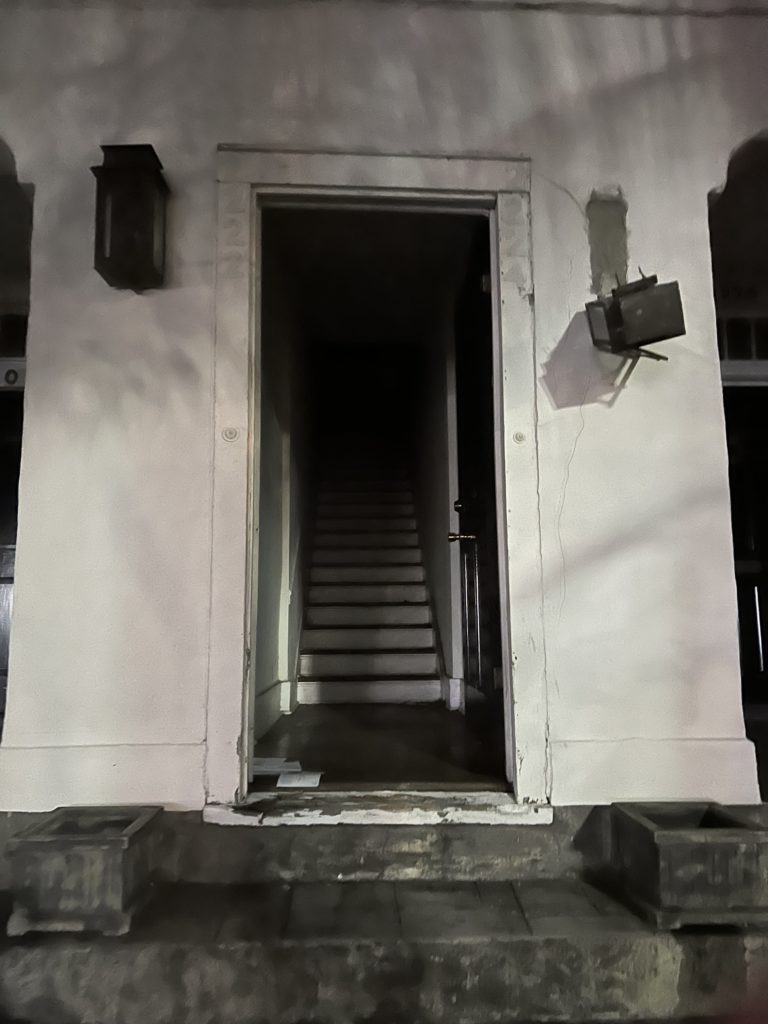
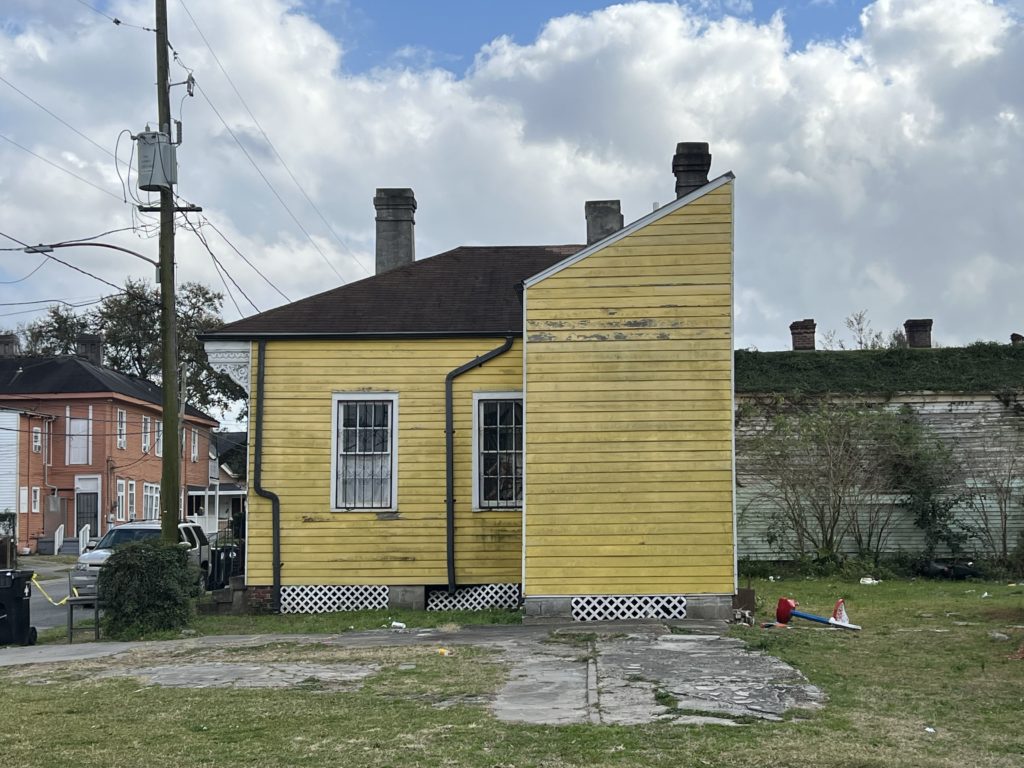

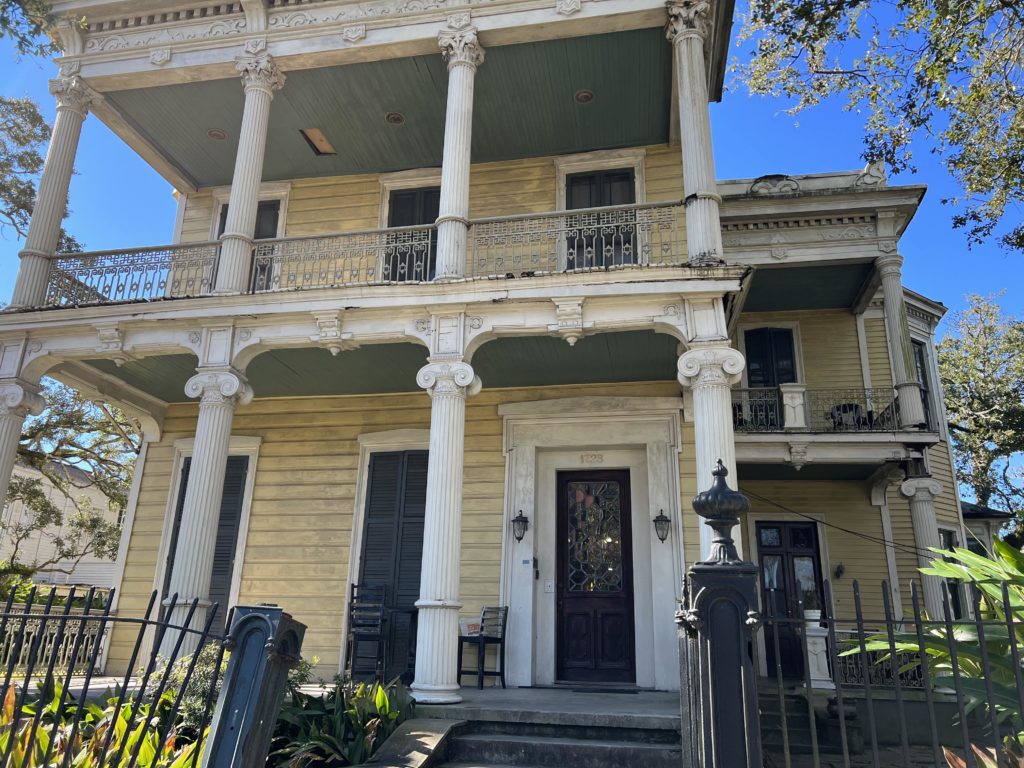
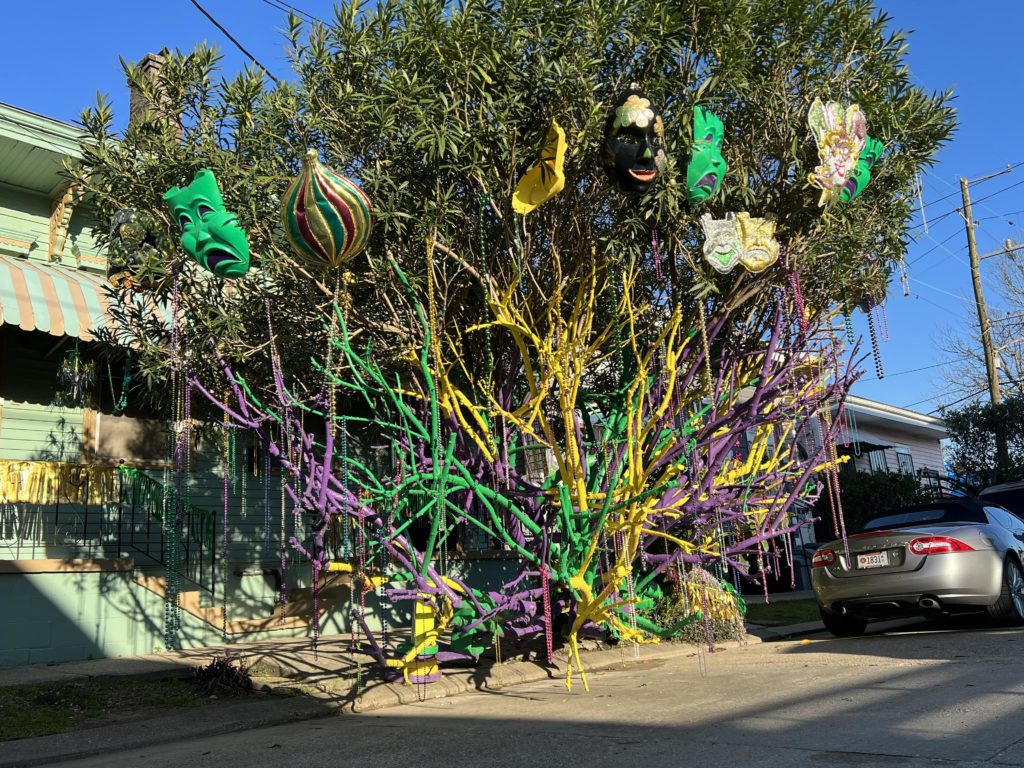
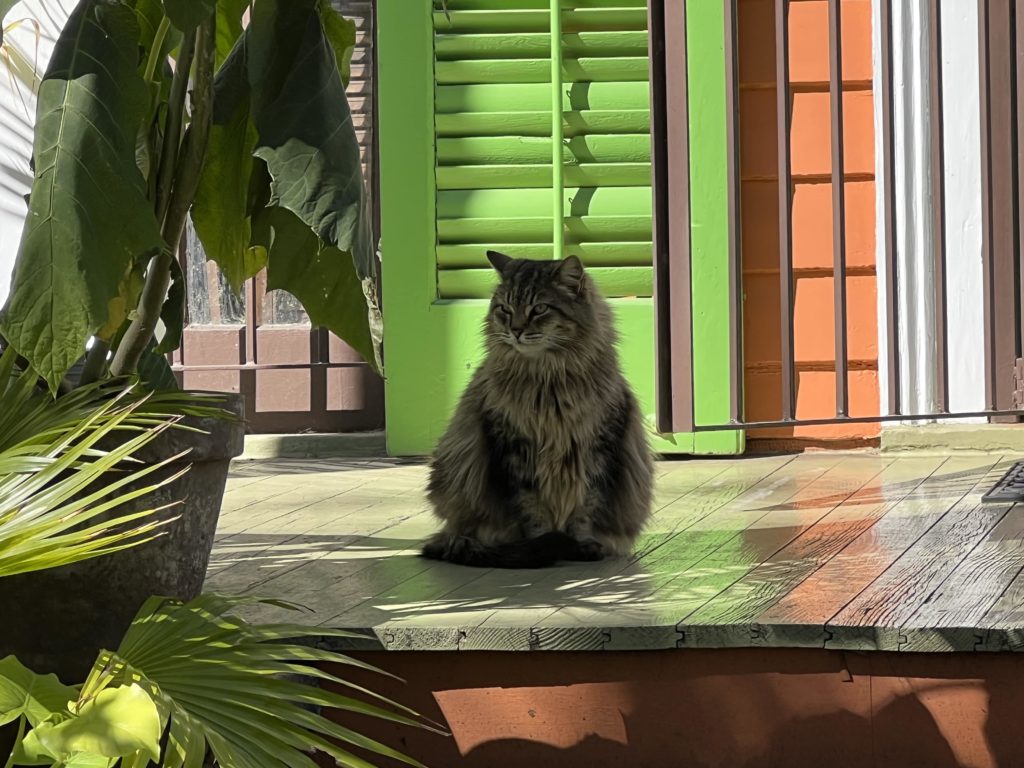
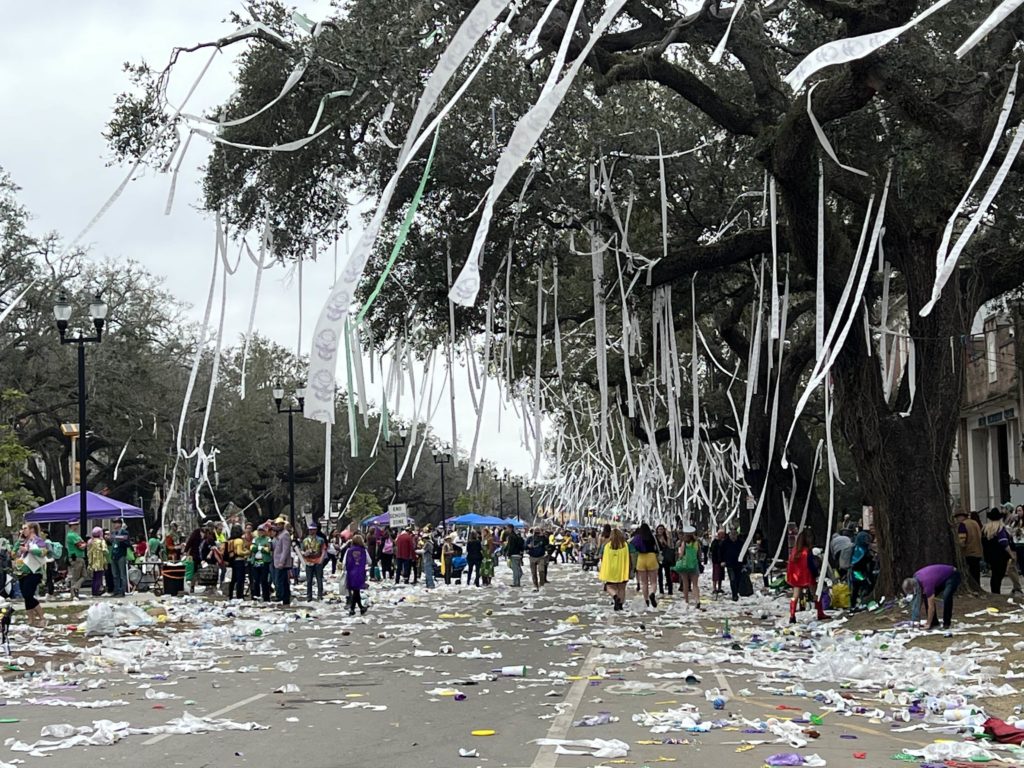
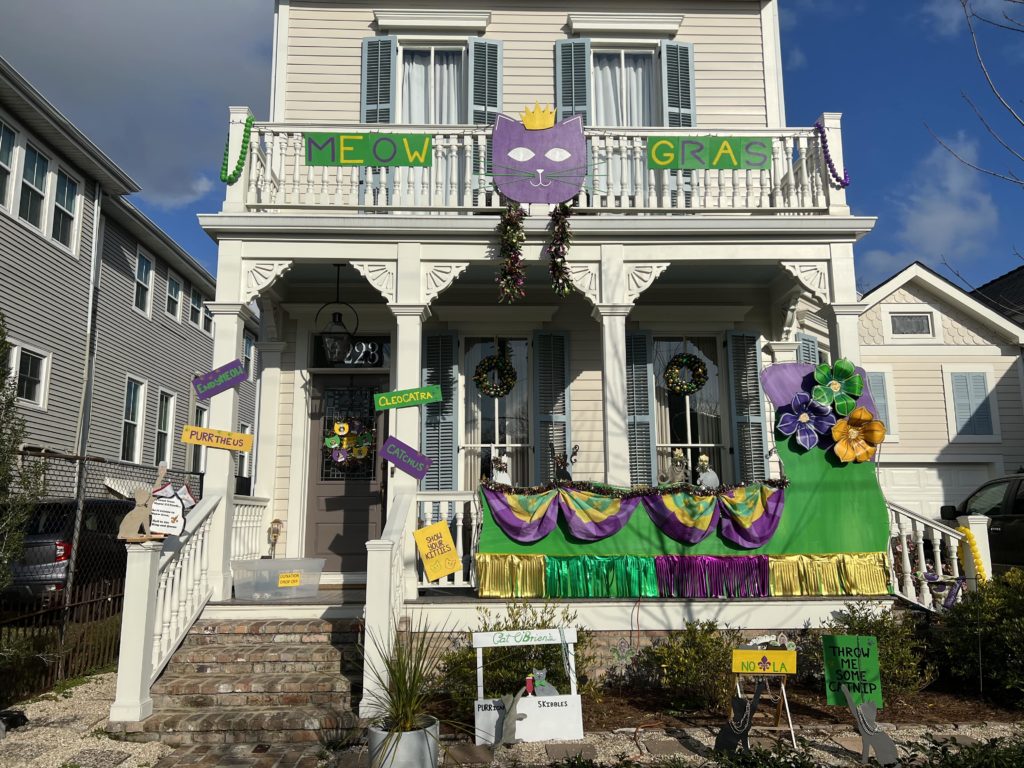
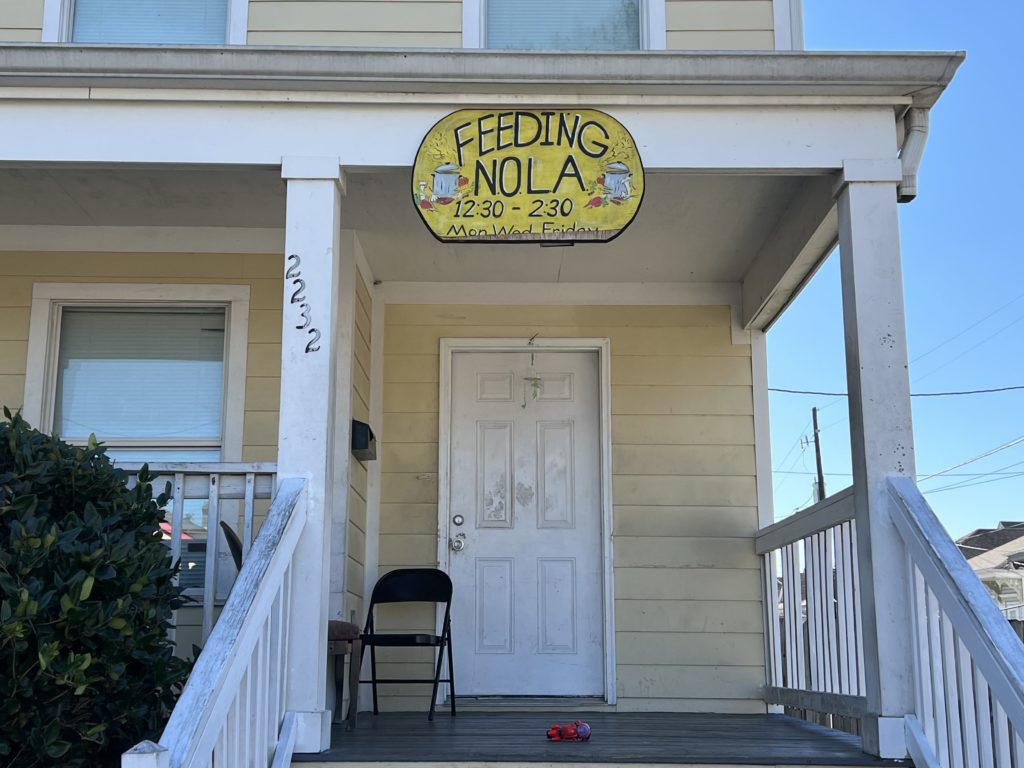
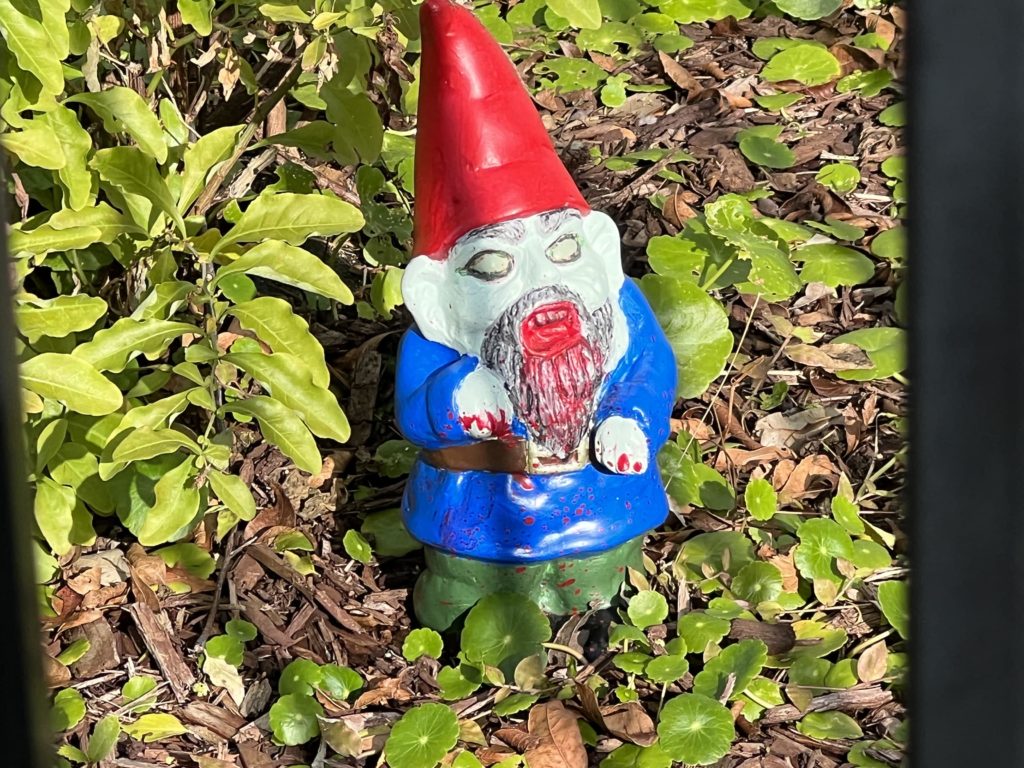
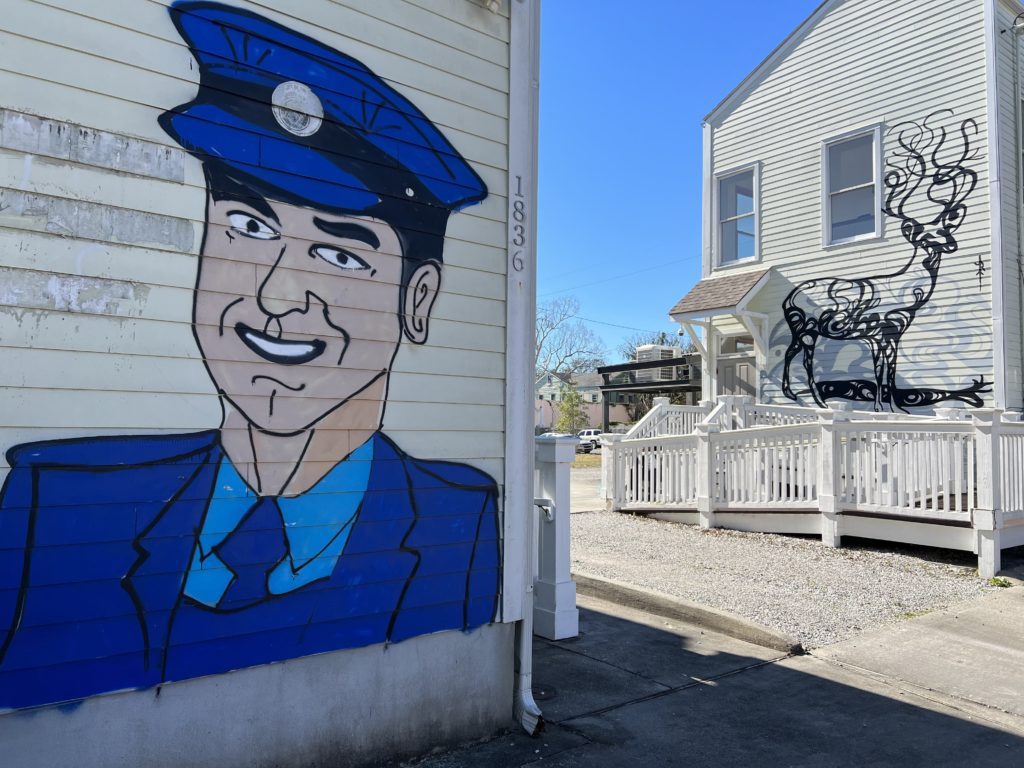

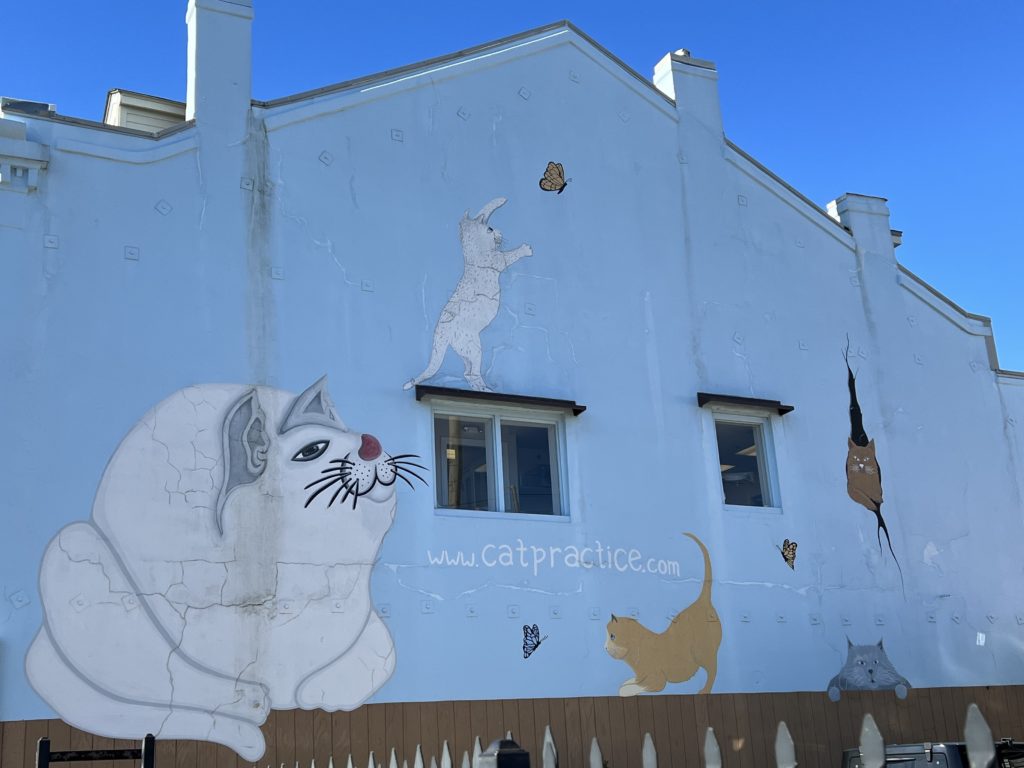
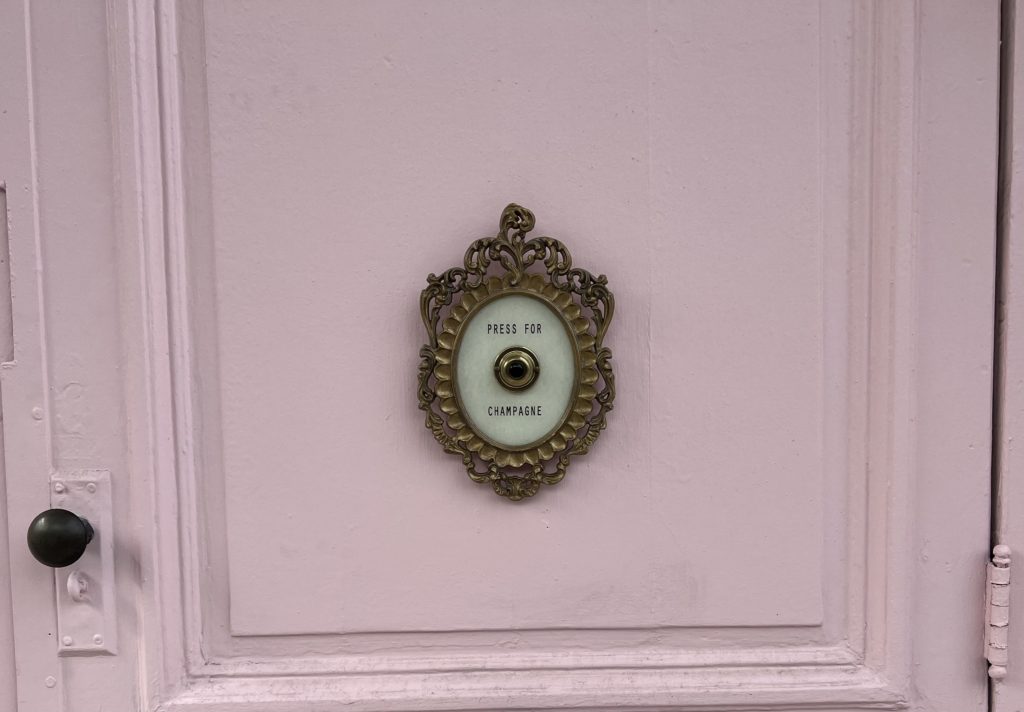
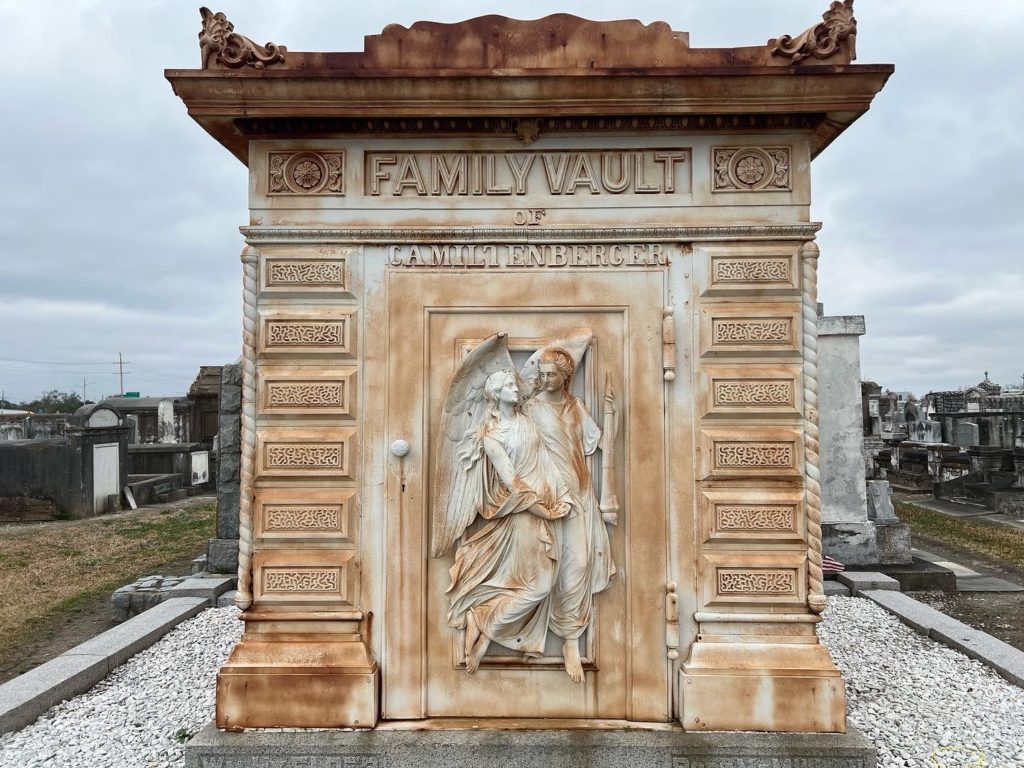
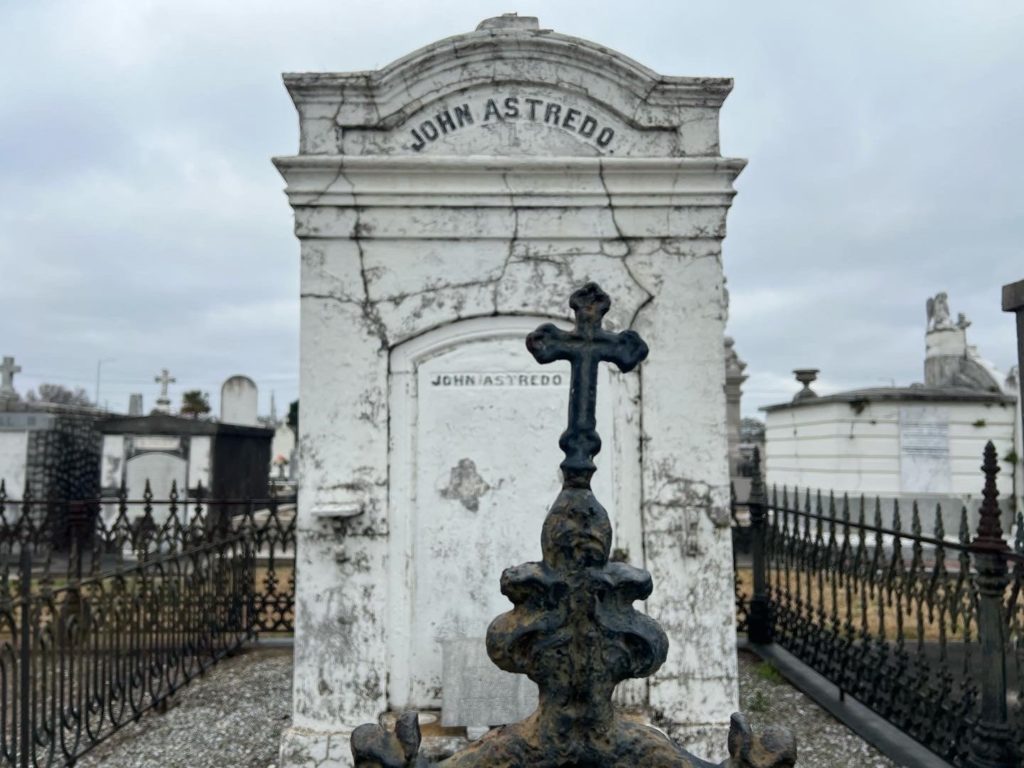
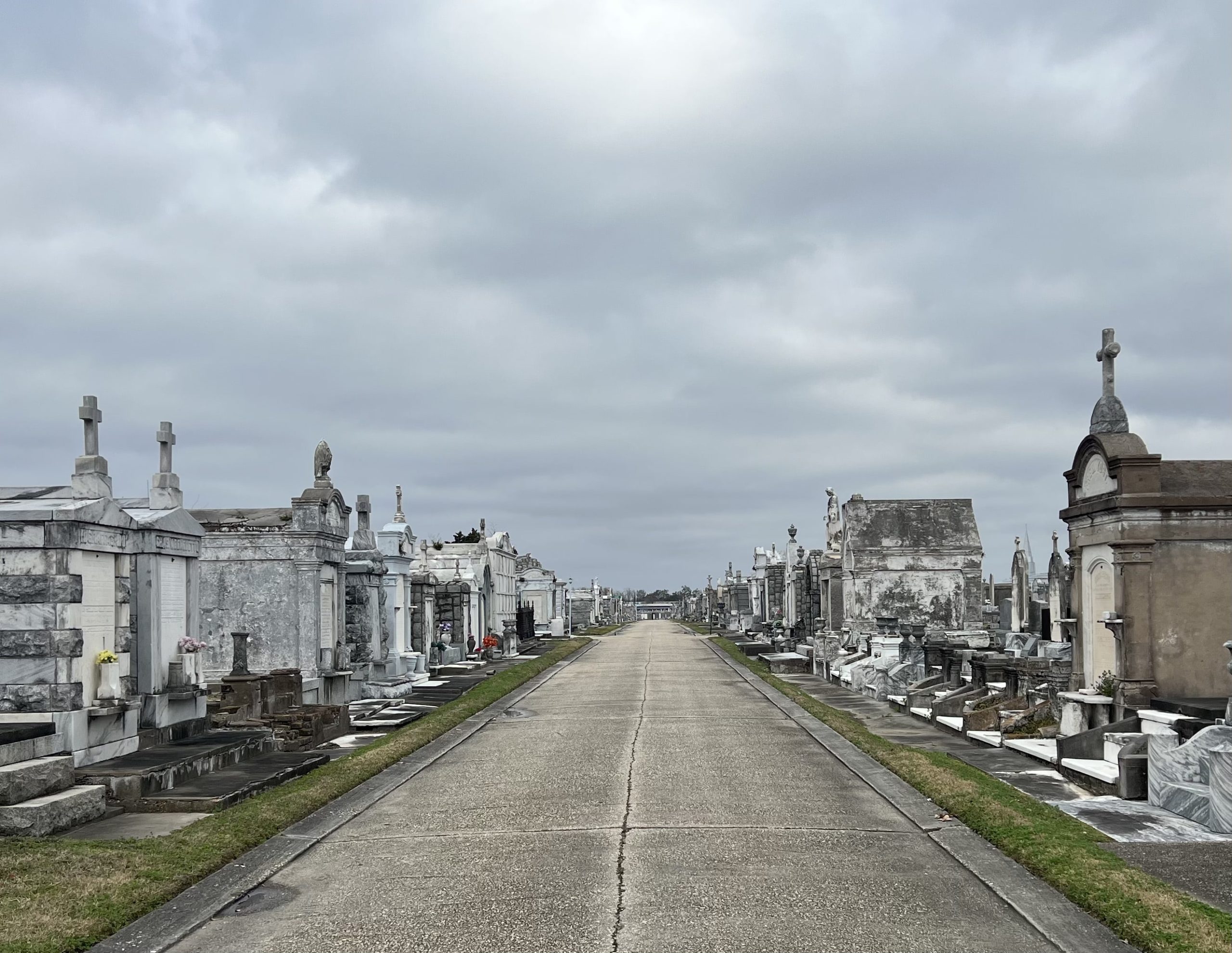
Previous Stop: San Antonio
Next Stop: Atlanta
Leave a Reply